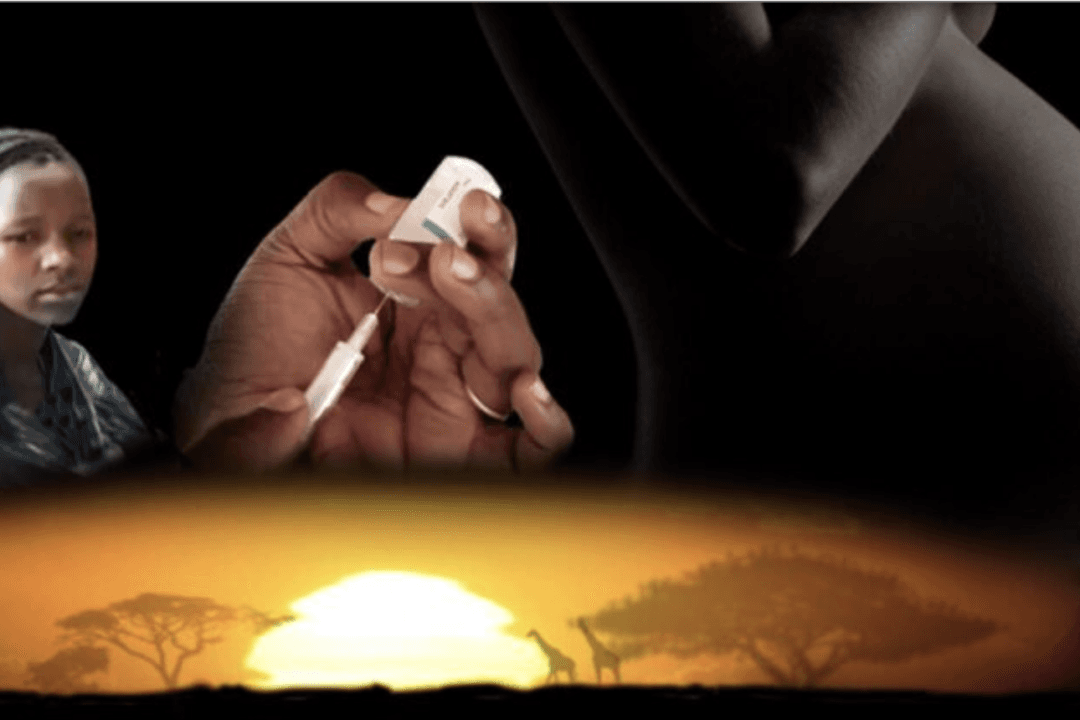From the inception of mass vaccination, childhood vaccines have produced a raft of unintended consequences. One of the biggest problems—gaining steam over the past several decades—involves the vaccine-induced creation of brand-new risks and vulnerabilities that can be more serious than the condition a given vaccine might be intended to address.
The varicella (chickenpox) vaccine represents a case in point. Chickenpox, usually mild when experienced in childhood, was once a routine rite of passage. After the rollout of universal varicella vaccination, the incidence of chickenpox declined but observers began noticing a “’ perverse’ boom” in shingles (also called herpes zoster). Chickenpox and shingles infections both stem from varicella zoster virus—and before the advent of the varicella vaccine, children infected with chickenpox helped boost adults’ immunity to shingles by inhibiting the latent virus’s reactivation. Chickenpox vaccination disrupted this intergenerational protective mechanism, not only eliminating regular boosting for adults but shifting downward the average age at which shingles occurs. In addition, because varicella vaccine-induced immunity decreases by 8 percent with each year since vaccination, previously vaccinated young adults are at increased risk for varicella outbreaks and potential complications later in life. In short, while the reduced circulation of wild chickenpox virus may spare some healthy children a benign case of chickenpox, children now face the more serious risk of developing shingles at young ages and chickenpox at older ages.





